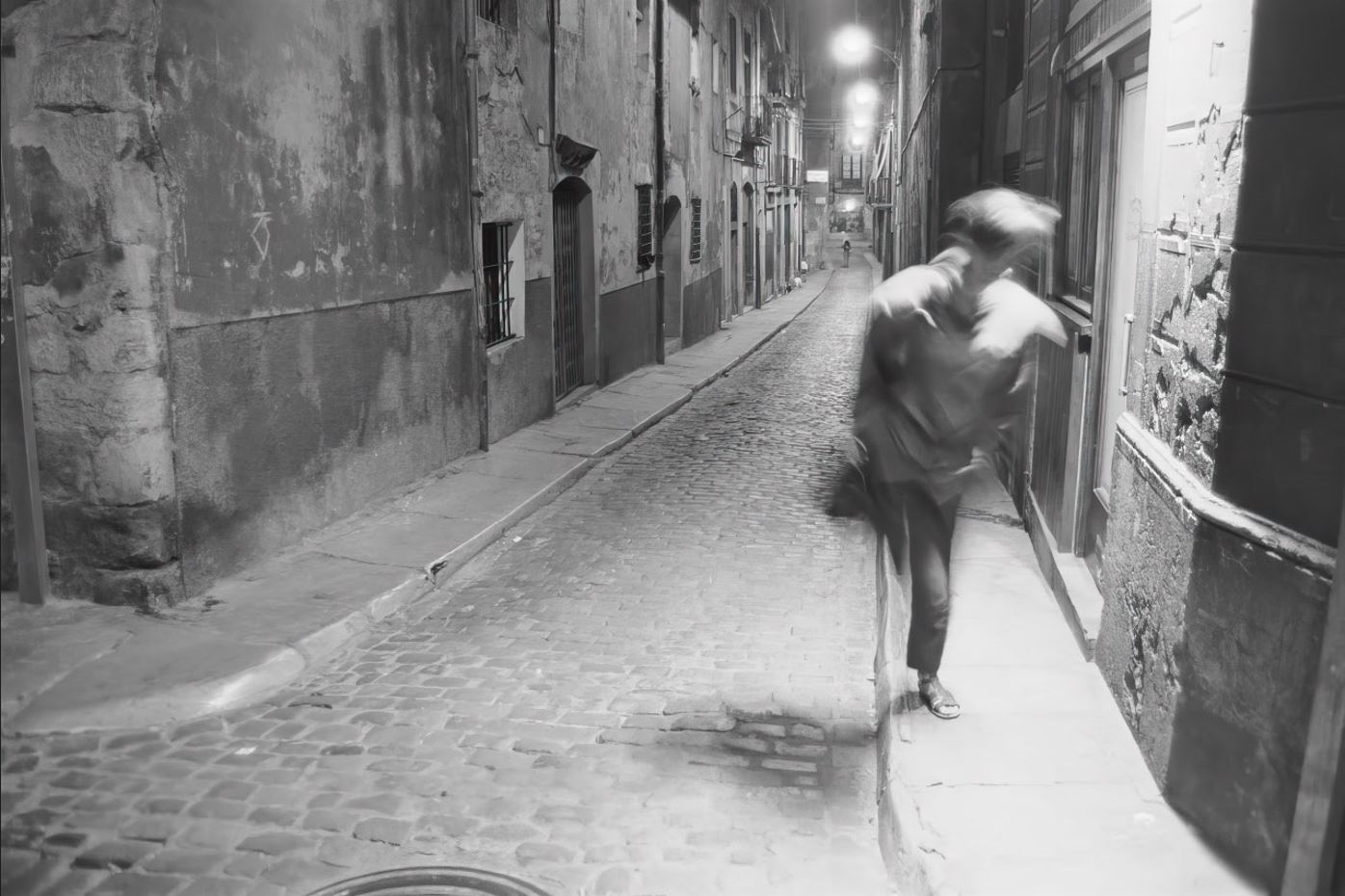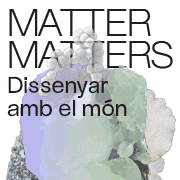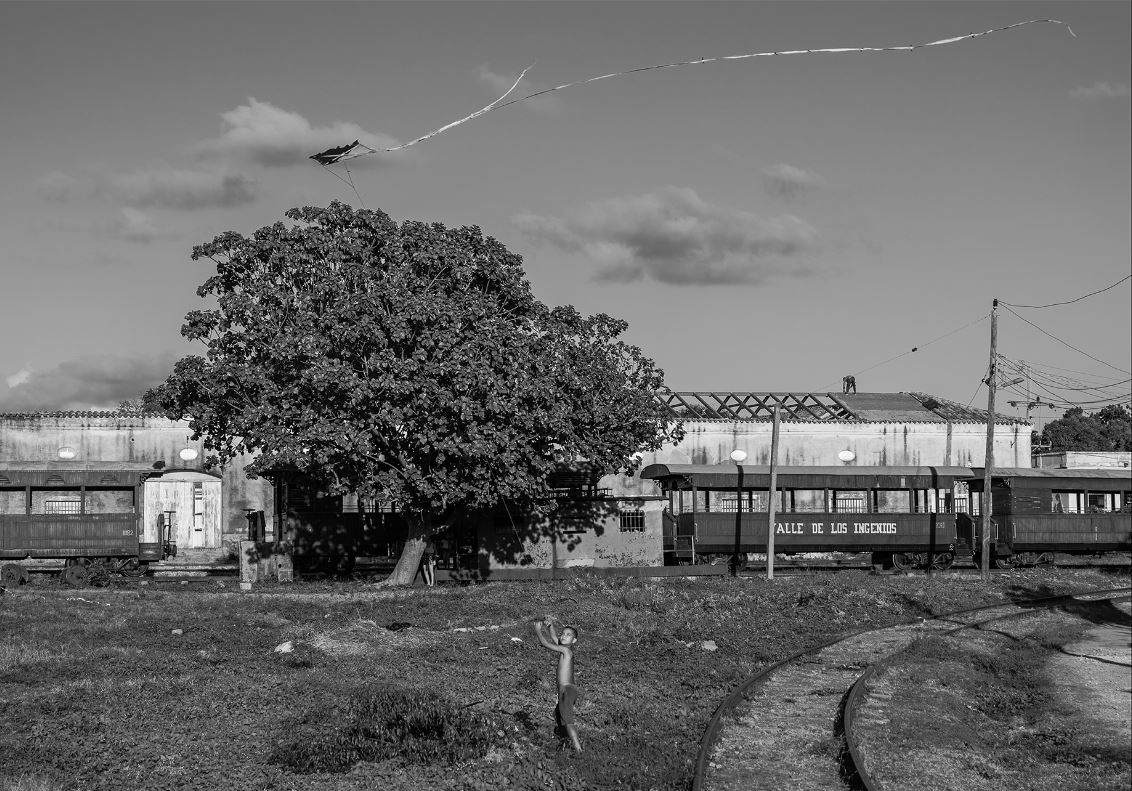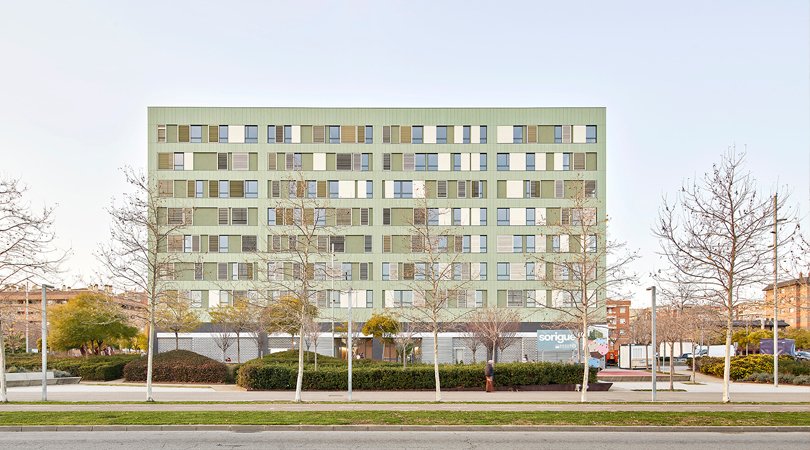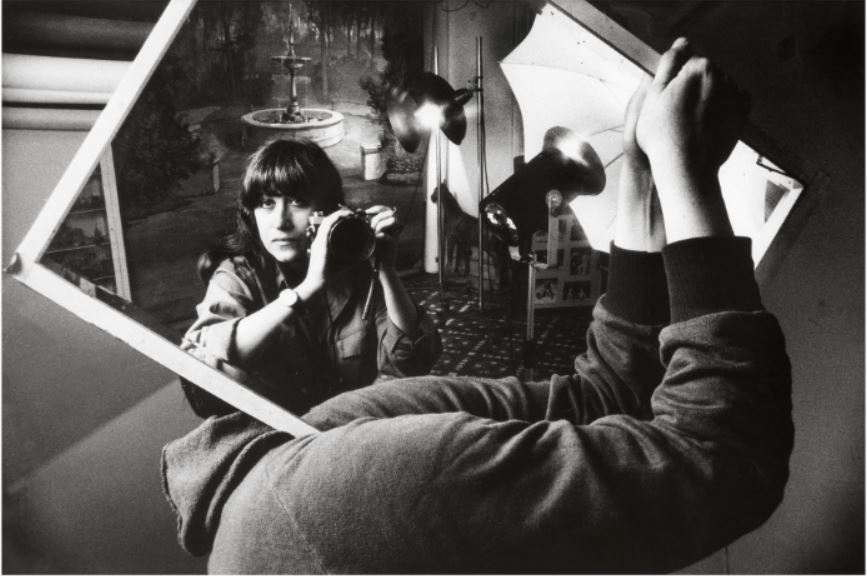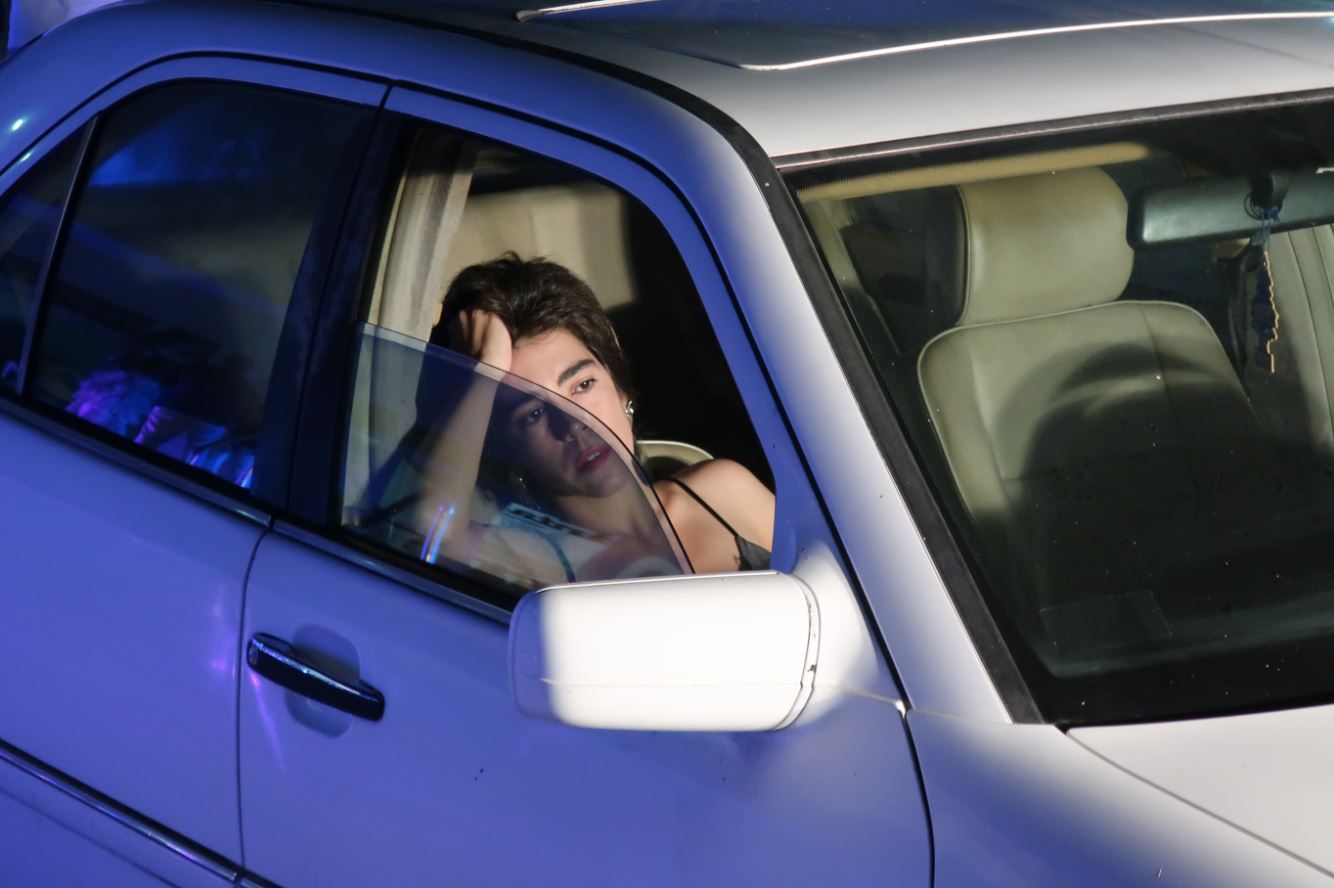Exhibitions
Infralocus: the irreverent Girona of the 90s
The Bòlit and the History Museum lay claim to Girona's less visible and more critical cultural scene.
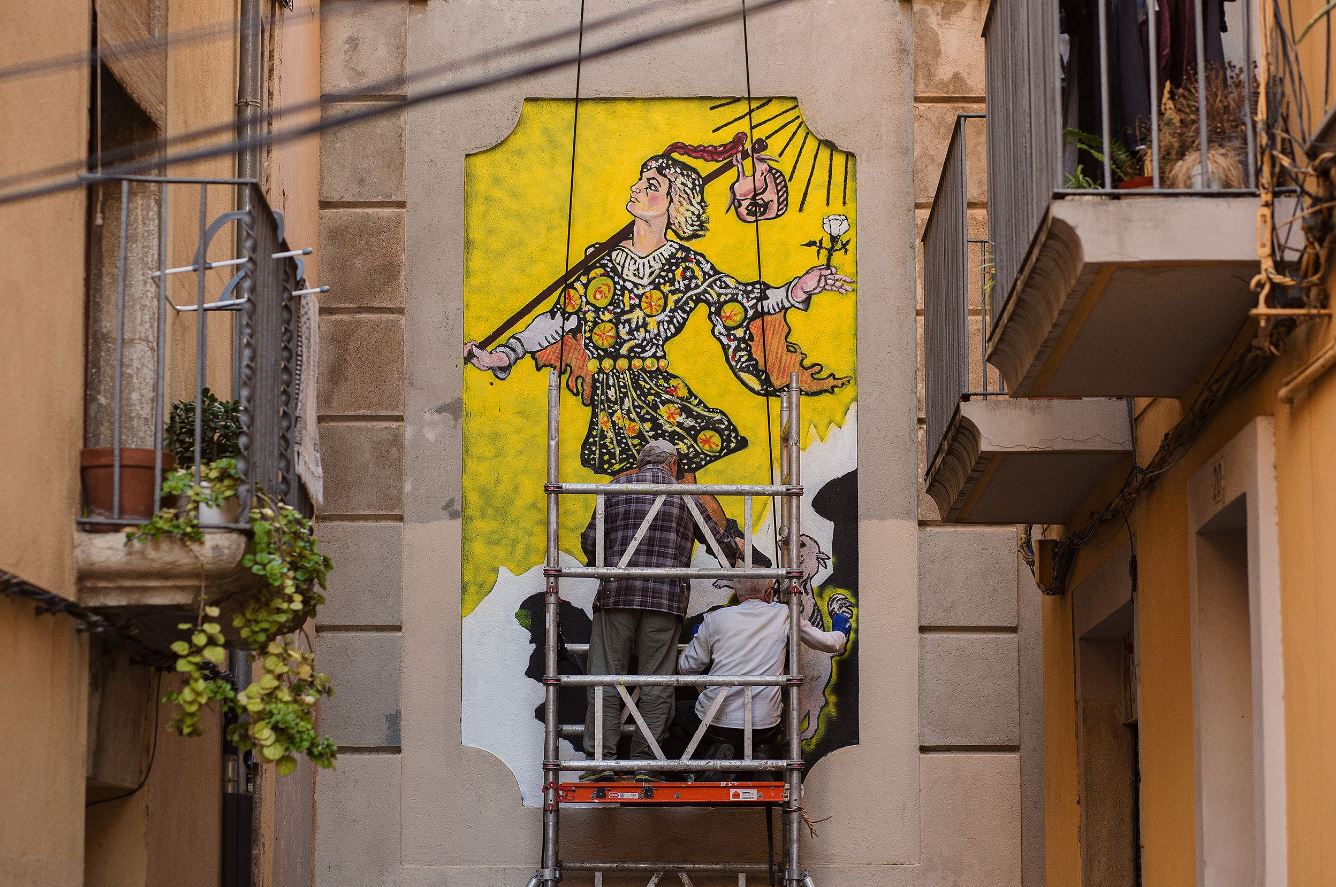
The exhibition 'Infralocus. The 90s in Girona, a decade of 20 years' is a retrospective look and it is also a tribute to a rebellious, active and culturally rich Girona that grew outside the official circuits. Curated by Eudald Camps and Jordi Mitjà , this proposal is presented in different spaces of the city from today until February, showing a Girona in full creative and vindictive effervescence.
The Girona of the eighties and nineties opened up to the world with a creative impulse that manifested itself in all spheres of urban life, but which, paradoxically, was often left out of the institutional discourse. From the peripheral neighborhoods to the heart of the Old Quarter, artistic and social groups promoted proposals that evaded official regulations, giving shape to an alternative and dynamic cultural ecosystem. 'Infralocus' highlights this plurality and shows how the mixture of art and life created spaces of expression without barriers.
Each of the exhibition spaces offers a perspective of this reality. At Bòlit_LaRambla , the works on display tell us about the culture that came to life both in the city center and on the outskirts, with testimonies of movements such as the occupation, hip-hop and graffiti that marked the spirit of those years In the Bòlit_PouRodó space you can see the pictorial creations of prominent artists of the nineties, such as Montserrat Costa, Quim Corominas, Pere Noguera, Pep Camps, Maria Àngels Feliu and Lluís Hortalà.
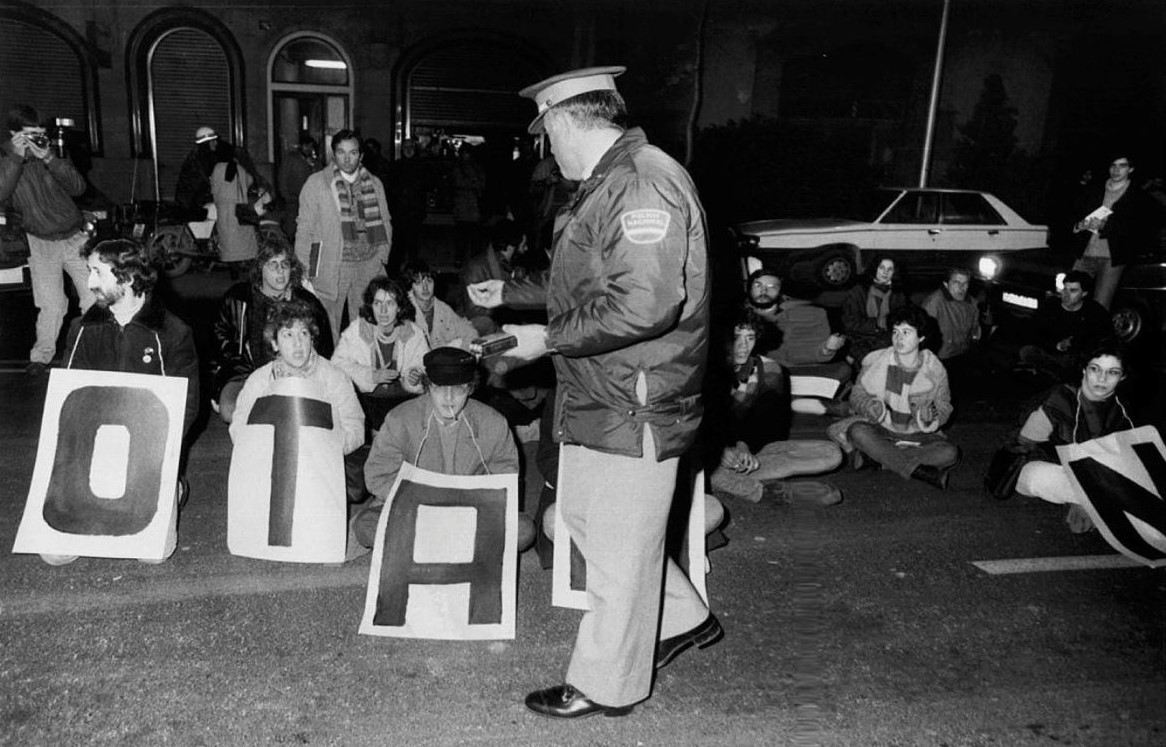
At Bòlit_StNicolau , the intense Girona nightlife of that time is recreated, where venues such as Sala del Cel and Nummulit became venues for cultural expression and social gatherings. In this space, you can also see unique objects and graphic materials, such as the original poster of the El Cercle bar or unpublished publications that revive the heterogeneous atmosphere of the Girona night. Finally, at the Museu d'Història de Girona , the exhibition delves into the social and vindictive panorama of those years, emphasizing the struggles for social rights, freedom and equality. The space collects works by creators such as Enric Ansesa, Manel Bayo, Cesc, Joan Casanovas, Jordi S. Carrera, Roser Oliveras, and Dan Reisinger , in addition to a large collection of posters, photographs and zines documenting the mobilizations of a time where the fight against war, pacifism, environmentalism and LGBTI rights took the streets.
'Infralocus' defines itself as a contemporary archaeological exploration and at the same time moves away from the hierarchies between different cultural expressions, breaking the barrier between high and low culture and advocating what is defined as "expanded culture", that utopia avant-garde to make art an inseparable part of everyday life and to understand that creativity emerged beyond museums.
In this context, the emblematic mural of El Foll on Carrer Nou del Teatre—popularly known as "Carrer dels Torrats"—has been restored as part of the 'Infralocus' program. This work, which Lluís Hereu and Joan Anton Palau painted in the nineties, became an icon of the protest spirit of the time. Despite the progressive wear and tear over the years, last weekend, the artists Pep Admetlla and Jordi Amagat gave it new life, returning its presence to the streets of Girona. This intervention is part of a wide program of activities planned for the coming months, all around recovering the creative and non-conformist pulse of that Girona.
